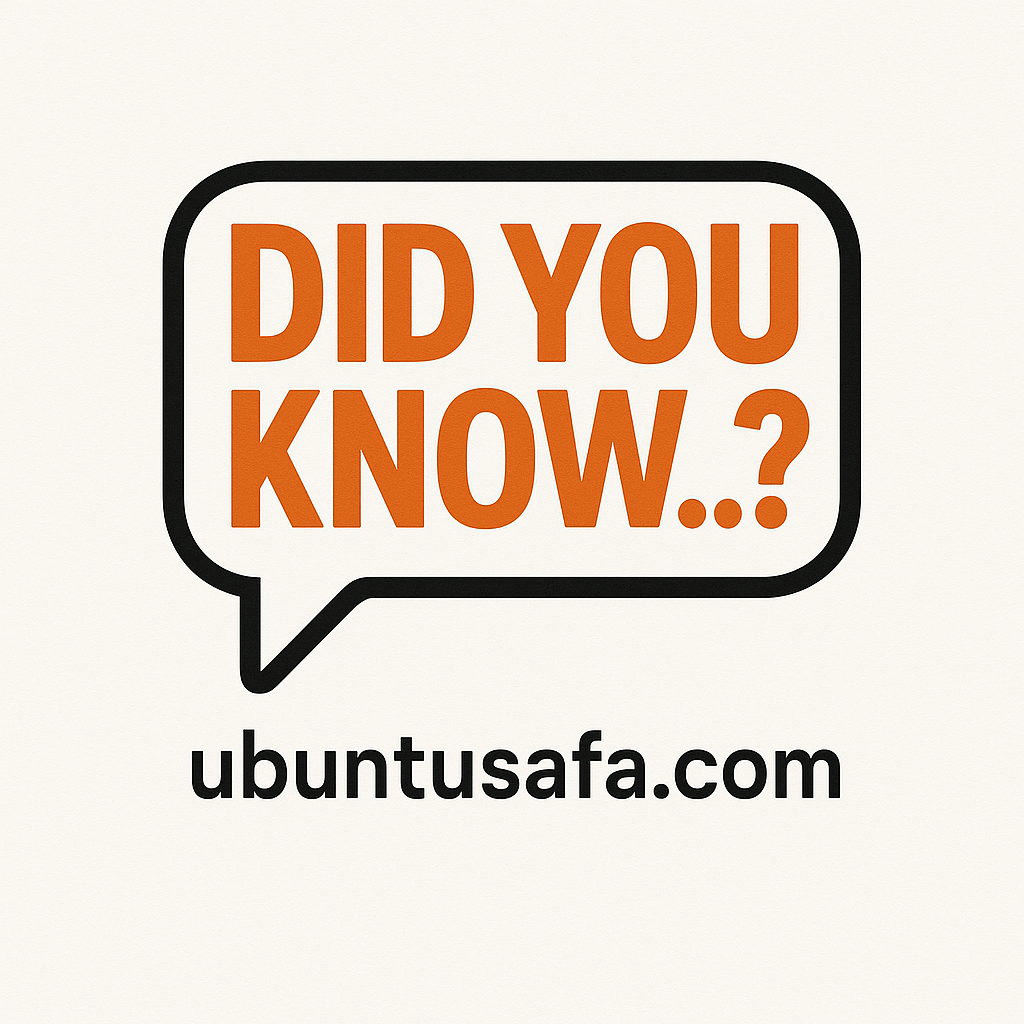Did you know..........

On August 23, 1939 — exactly 87 years ago from 2026 — Nazi Germany and the Soviet Union signed the Molotov–Ribbentrop Pact (also called the Nazi-Soviet Non-Aggression Pact).
Key points of what happened:
-
The Agreement:
The pact was signed in Moscow by German Foreign Minister Joachim von Ribbentrop and Soviet Foreign Minister Vyacheslav Molotov, under the approval of Hitler and Stalin.
It was a non-aggression treaty in which both countries pledged not to attack each other. -
Secret Protocol:
The agreement had a hidden clause dividing Eastern Europe into spheres of influence between the two powers.-
Germany would take western Poland and Lithuania.
-
The USSR would take eastern Poland, Finland, Estonia, Latvia, and later Bessarabia (part of Romania).
-
-
Immediate Impact:
-
This cleared the way for Hitler to invade Poland on September 1, 1939, without fearing Soviet intervention.
-
The Soviet Union invaded Poland from the east on September 17, 1939, effectively splitting the country in two.
-
The pact shocked the world since Nazi Germany (fascist) and the USSR (communist) were ideological enemies.
-
-
Historical Consequence:
-
It directly triggered World War II, as Britain and France declared war on Germany after the invasion of Poland.
-
The alliance collapsed in June 1941 when Hitler launched Operation Barbarossa, invading the Soviet Union.
-
In short:
On August 23, 1939, the Molotov–Ribbentrop Pact was signed — a Nazi-Soviet agreement that secretly carved up Eastern Europe and set the stage for the outbreak of World War II just days later.
Here’s a simplified sketch of the secret division of Eastern Europe under the Molotov–Ribbentrop Pact (August 23, 1939).
🔴 Red = Nazi Germany’s sphere (Western Poland, Lithuania)
🔵 Blue = Soviet Union’s sphere (Eastern Poland, Baltics, Finland, Bessarabia)
This hidden partition cleared the way for the invasion of Poland and the start of World War II.
Here is a historically accurate map illustrating the Molotov–Ribbentrop Pact and its secret protocol, depicting the planned and actual divisions of Eastern Europe in 1939–1940 .
What the Map Shows
-
The publicly announced part of the Molotov–Ribbentrop Pact was a non-aggression treaty between Nazi Germany and the Soviet Union. It pledged that neither side would attack the other or support third-party aggression.
-
Hidden within that agreement was a secret protocol that divided Eastern Europe into spheres of influence:
-
Poland was partitioned: territory east of the Narev, Vistula, and San rivers fell under Soviet influence; western portions went to Germany.
-
Finland, Estonia, and Latvia were assigned to the Soviet sphere, while Lithuania initially fell under German influence (though a later secret agreement shifted it to the Soviet sphere)
-
Bessarabia (then part of Romania) was designated for Soviet annexation.
-
Historical Consequences
-
September 1, 1939: Germany invaded Poland from the west.
-
September 17, 1939: The Soviet Union invaded from the east, achieving the de facto division defined by the secret protocol.
-
September 28, 1939: A supplemental treaty—the German–Soviet Boundary and Friendship Treaty—was signed, refining borders after their joint occupation of Poland.
-
In late 1939 to summer 1940, the Soviet Union extended its control over:
-
The Baltic states (Estonia, Latvia, Lithuania),
-
Parts of Romania (Bessarabia and Northern Bukovina),
-
And exerted pressure on Finland, leading to the outbreak of the Winter War
-
-
Until 1989, the Soviet Union officially denied the existence of the secret protocol. It was only during the Gorbachev era that Moscow officially acknowledged it
In Summary
This map visually captures how the Molotov–Ribbentrop Pact—under the guise of a non-aggression agreement—smuggled in a hidden plan to carve up Eastern Europe. The shadow lines drawn in red and blue represent spheres of influence that fueled the early blitzkrieg of World War II and reshaped the Baltic region, Poland, and parts of Romania.
- Questions and Answers
- Opinion
- Motivational and Inspiring Story
- Technology
- Live and Let live
- Focus
- Geopolitics
- Military-Arms/Equipment
- Segurança
- Economy
- Beasts of Nations
- Machine Tools-The “Mother Industry”
- Art
- Causes
- Crafts
- Dance
- Drinks
- Film/Movie
- Fitness
- Food
- Jogos
- Gardening
- Health
- Início
- Literature
- Music
- Networking
- Outro
- Party
- Religion
- Shopping
- Sports
- Theater
- Health and Wellness
- News
- Culture

